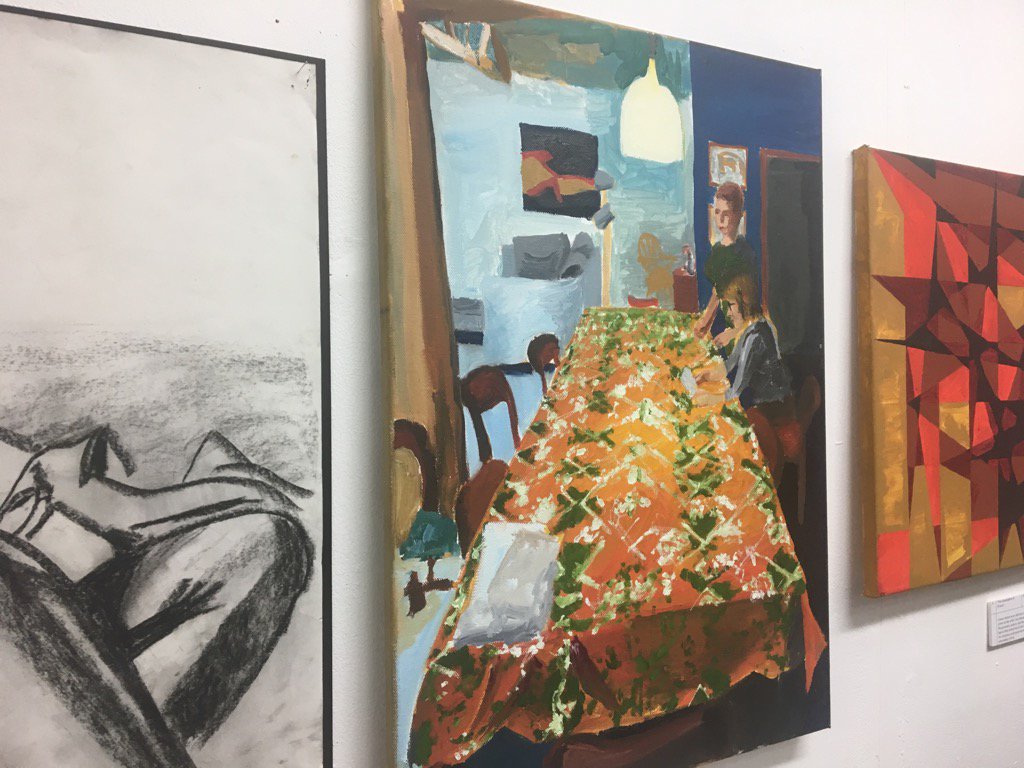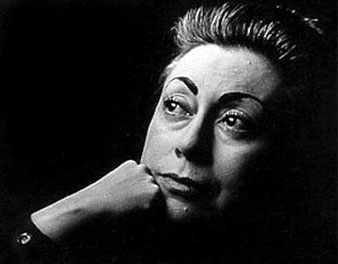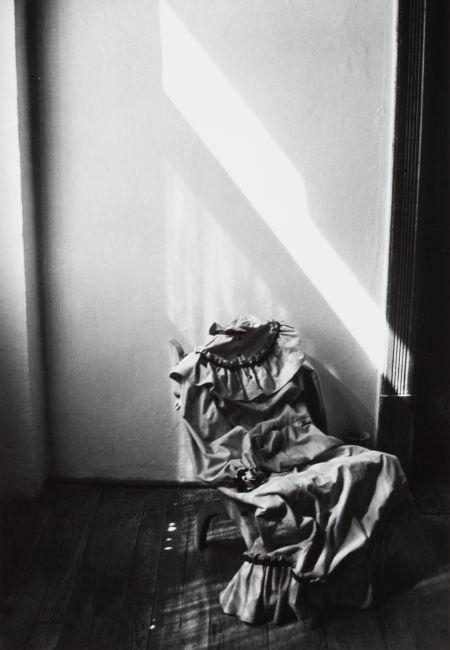
Visiting Speaker - Erica Segre
Published on 27/04/16
On 26 April, Spanish students from Lower Sixth received a highly insightful and inspirational talk from Erica Segre, lecturer in Latin American Studies at Trinity College, on Rosario Castellanos - a pioneer of Latin American literature and the feminist movement in literature during the 1950's.
 Central to the talk was the issue of female identity; during the 1950's, Mexican women were still deprived of the vote and thus Castellanos claimed, "I will only exist as long as I create myself in writing". Contemporary literature was saturated with images of an archetypal, metaphysical woman of generic social roles which women were expected to inherit and play. The concept of "extranjerismo": blurring the lines between fitting in and not and twisting the negative connotations of being "different" was central to Castellanos' work. With motifs of an emotional journey, an exiled figure and fictional foils, Castellanos instills her work with a daring social message and had a major influence on the feminist movement as she charts a form of rebellion against the social mould of a woman.
Central to the talk was the issue of female identity; during the 1950's, Mexican women were still deprived of the vote and thus Castellanos claimed, "I will only exist as long as I create myself in writing". Contemporary literature was saturated with images of an archetypal, metaphysical woman of generic social roles which women were expected to inherit and play. The concept of "extranjerismo": blurring the lines between fitting in and not and twisting the negative connotations of being "different" was central to Castellanos' work. With motifs of an emotional journey, an exiled figure and fictional foils, Castellanos instills her work with a daring social message and had a major influence on the feminist movement as she charts a form of rebellion against the social mould of a woman.
Segre linked Castellanos works to the art of her contemporaries. "Retrato Ausente" (Absent Portrait) by Manuel Álvarez Bravo is an embodiment of poetic photography, focussing on how we seek identity rather than capturing the concrete. "Retrato" shows a woman's clothes transformed into a shell, an illusive body and chillingly empties out the presence of the woman. This in many ways reflects "Meditación en el Umbral" (Thinking on the Threshold) by Castellanos. Here, Castellanos uses the enumeration of various rebellious fictional and non-fictional women, all seeking an "otro modo de ser" - another way to exist - to suggest a need for regeneration in society's perception of women and women's perceptions of themselves.
Frida Kahlo's artwork was also utilised in comparison to Castellanos. "Roots" is the allegorised personification of Kahlo's perception of the classic landscape and its symbiotic relationship with the woman. Her feminised view of the land presents a cyclical, unthreatening connection. This can be contrasted to Castallanos' "Origen" which depicts the patriarchal view of the masculinity which underpins the woman's societal role. She strips her social commentary down to an organic symbolism of the features of a woman's body. "The Broken Column" delves into another type of language - body language - and its power. A trope of Western aesthetic, the column, is made corporeal and represents the fragmented society in which Kalho finds herself restricted in, symbolised by her entrapment by her corset. The fissured column also acknowledges Kalho's own damaged self. Segre compared this painting to "Destino" by Castellanos. This poem embodies the docile mannerisms of a woman in a courtly environment around figures of authority. As much as Kalho depicts an oppressed woman, Castellanos brings to life the essence of what she campaigns against - the stifled and restricted female in society and archetypal woman in literature.

Castellanos' own journey was a journey against the Mexican Spanish concept of "ningunear" - the dehumanisation and rejection of your person. Her exploration of the appropriation of a language, honed by the elite, and the female role in society has established Castellanos as a literary heavyweight and social pioneer. We would all like to thank Erica Segre for a thought-provoking and engaging talk.
Qifei Zou